Recent Changes in U.P. Employment and Unemployment
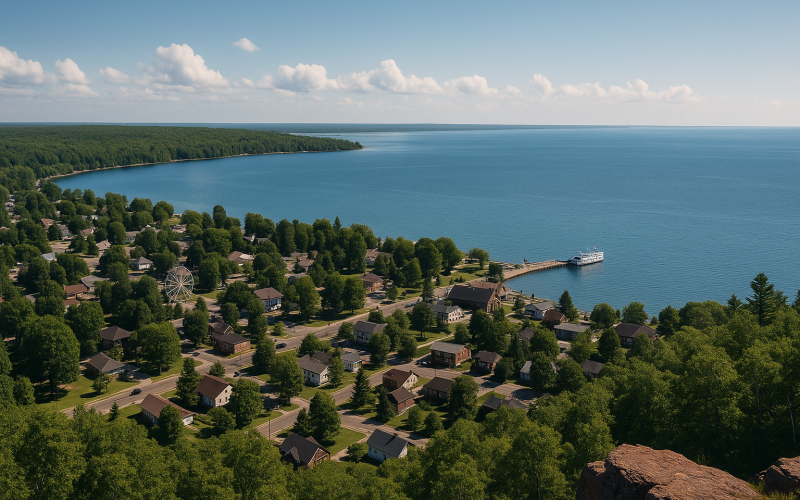
It’s not often that the Bureau of Labor Statistics (BLS) makes headlines, but earlier this year its commissioner was fired by the President soon after it issued the July jobs report that showed a slowdown in the number of jobs created. According to the agency, nationwide unemployment has slowly inched upwards from 4.0 percent in January to 4.3 percent in August; while the number of new jobs created has slowed with little change between April and August. Between January and August, manufacturing employment dropped by 78,000; reflecting a decades’ long-term trend. In 1979, the sector peaked at 19.6 million jobs, today the equivalent figure is approximately 13 million.
Over 80 percent of Americans are employed in the service economy, doing everything from delivering care in hospitals and nursing homes to making and serving food, providing financial advice and engaging in teaching and research. And it is this sector that is responsible for most of the country’s job gains. In August, for example, the health care sector gained over 32,000 jobs from the previous month which helped offset losses in mining and the federal government.
This article examines how these employment changes are playing out in the Upper Peninsula, using data from the Bureau of Labor Statistics and the US Department of Agriculture’s Economic Research Service.
Structural Change in the U.P.’s Economy
The US Department of Agriculture’s Economic Research Service divides all non-metropolitan counties into one of six mutually exclusive categories that best describes their economic dependence. The categories are: Farming, Mining, Manufacturing, Federal/State Government, Recreation, and Non-Specialized. High government concentration counties, for example, are where Federal and State government accounted for at least 13 percent of the county’s earnings or 8 percent of the county’s jobs averaged over 2019, 2021, and 2022 (see https://www.ers.usda.gov/data-products/county-typology-codes for a full explanation of each category and their respective criteria).
The typology was revised in 2025 to reflect changes in each county’s economy since 2015. Not surprisingly, farming and mining fail to dominate any of the U.P.’s counties, while manufacturing is limited to two counties in each time period. Instead, the service categories of recreation and government dominate the two time periods, with only a few notable changes (Table 1). Alger County switched from government to recreation, which undoubtedly reflects the growth in the area’s tourist economy and the soaring popularity of Pictured Rocks National Lakeshore, while Baraga County in 2025 was reclassified from government to non-specialized. There was no change in Menominee’s classification as a manufacturing county.
Recreation is associated with a host of services including accommodation, restaurants, shopping, and transportation. It is the dominant category for over half the U.P.’s counties. Lodging options for tourists encompass hotels, resorts, vacation rentals, and campgrounds, all of which require people to maintain them. In the Upper Peninsula, many of the region’s natural attractions are funded by the federal or state government, through the National Park Service and Michigan Department of Natural Resources. Boat tours and museums are examples of non-government services provided to visitors. Travel to the region is promoted through destination marketing organizations such as Travel Marquette and Visit Keweenaw. In short, recreation is critical to the region’s economic well-being and employs a large proportion of the population.
Employment Changes
To measure employment growth and control for the seasonality of the recreation economy, average employment for June, July and August in 2024 was compared with the equivalent period in 2025 (Table 2). Eight of the counties experienced a drop in overall employment, while six experienced an increase and there was no change in one county. Particularly notable are the employment gains in the recreation dominated counties of Mackinac (+7%) and Keweenaw (10.6%), while Menominee, a manufacturing county, had the largest percentage drop in employment (-2.9%), which is line with the national trend of job losses in this sector.
Unemployment
Increases in employment only tell part of the story, since it’s possible for unemployment to also increase if more people enter the labor force and are unable to find jobs, or if the number of unemployed people grows at a faster rate than the labor force. To examine change in unemployment, each county’s July 2024 rate was compared with the corresponding figure in 2025 (Table 3). Only three counties, Alger, Keweenaw and Mackinac, had lower unemployment in July 2025 than in July 2024, while unemployment increased in all the other counties, albeit in some instances ever so slightly.
The employment gains and lower unemployment in Mackinac and Keweenaw counties attest to the strength of their tourist economy. However, it’s important to recognize the very strong seasonal component of Mackinac’s economy. The county’s unemployment rate typically peaks in February; in 2024 the figure was 21.1, in 2025 the equivalent figure was 22.9. A more diversified economy would result in a lower unemployment rate.
Conclusions
The region’s increasing unemployment and faltering growth in employment reflect similar trends in the national economy. Manufacturing has been in decline for decades at the national level and it remains a relatively small component of the U.P.’s economy. The service sector provides the bulk of the region’s jobs, with recreation dominating over half the area’s counties. One of the weaknesses inherent in the recreation economy is its dependence upon external economic and social conditions. Thus, any increases in unemployment or slowing of economic growth in the Upper Midwest, the main source of tourists to the region, is likely to result in fewer visitors. The continued travel boycott of the United States by Canadians is also felt in the Upper Peninsula, with bridge crossings during the peak summer months of June July and August down 26 percent from the same period in 2024. Fewer visitors, regardless of their origins, will translate into less demand for tourist services with the result that businesses will require fewer employees. In short, these data serve as a reminder that the region is not immune to external economic forces.

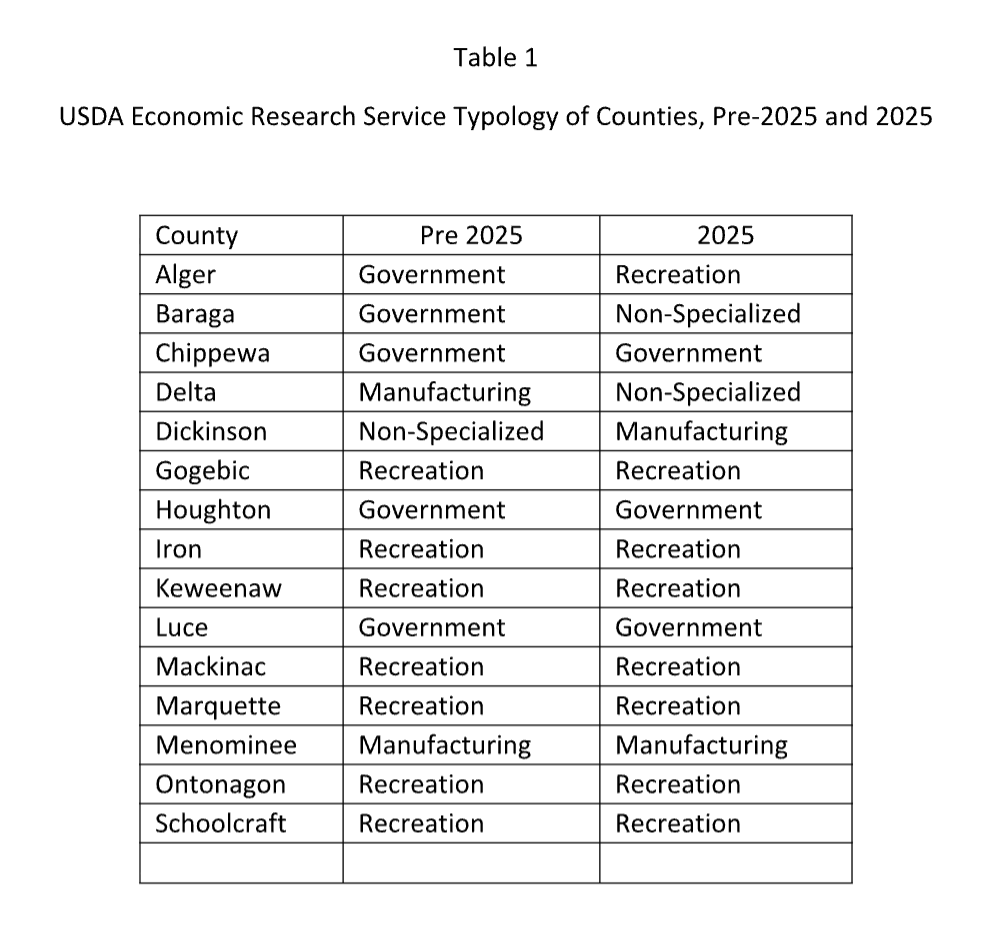
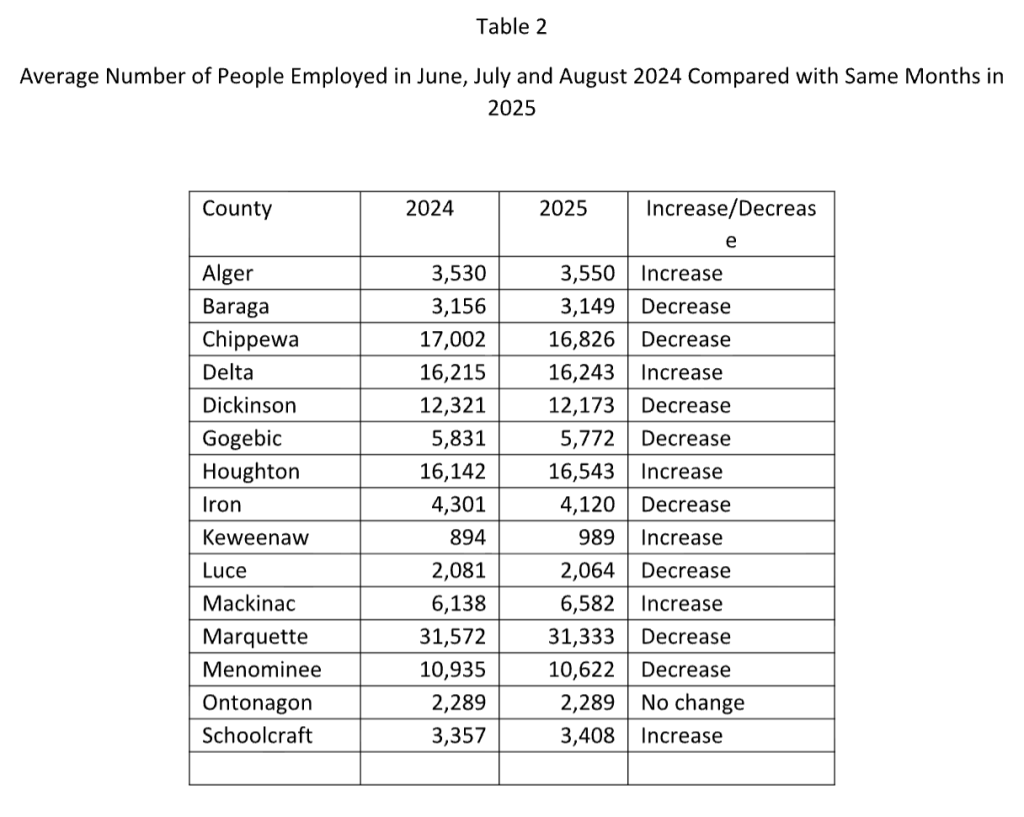
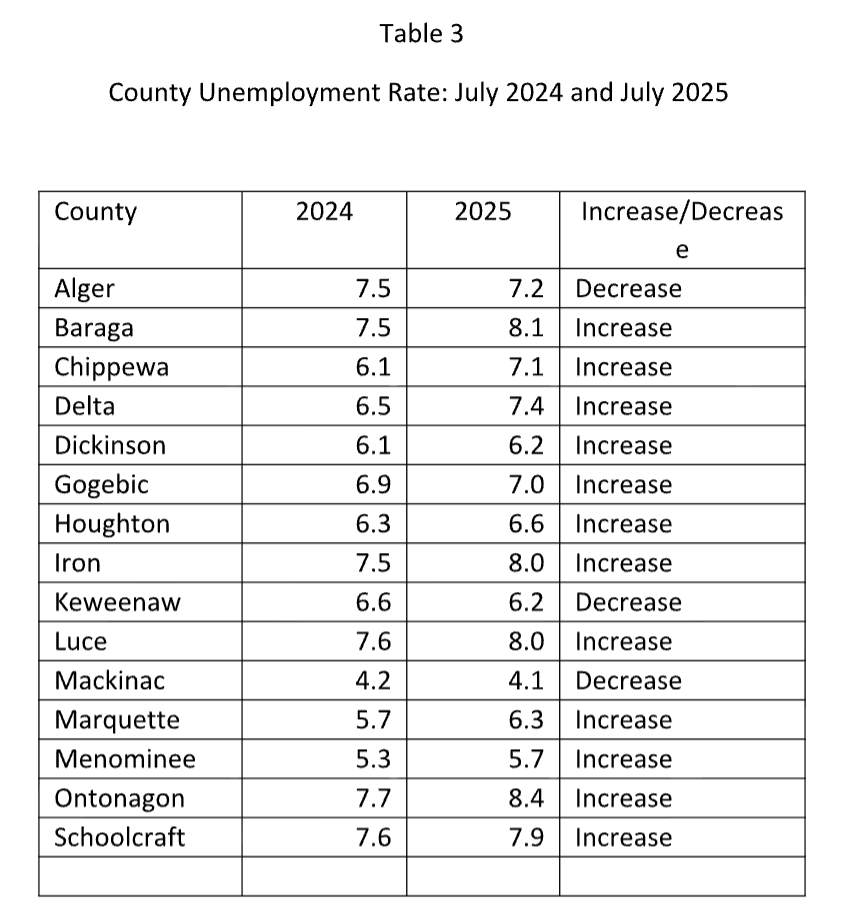


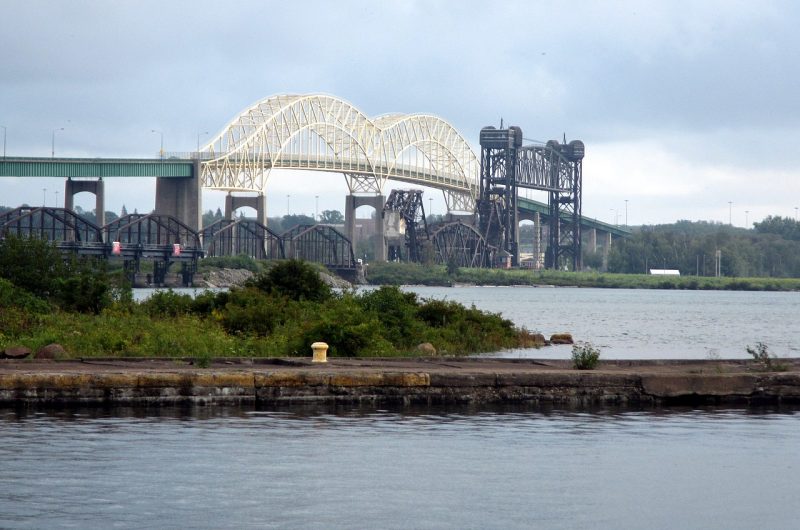


“ It’s not often that the Bureau of Labor Statistics (BLS) makes headlines, but earlier this year its commissioner was fired by the President soon after it issued the July jobs report that showed a slowdown in the number of jobs created.”
Are you a political Science Professor? The above statement is political & only a partial explanation of why the person was fired. It detracts from your “research”
He stated facts only.
A pic of Bayfield Wi…
The pier and harbor in Bayfield are much larger than that. And there is a large park to the right (south) of the harbor. Not. Bayfield.
Definitely not Bayfield. I scoured the coast of the UP on Google Earth looking for where this is (and all locations in the Upper Great Lakes with ferries that I could find [especially those with nearby elevated viewing]). I haven’t found the spot, yet. I’m not going to fully commit to the idea that the image is AI generated…but the shadows don’t seem to angle equally, it appears there are a fair number of buildings with non-matching rooflines, and the Ferris Wheel doesn’t have any uniform structural characteristics (it actually looks like a young child drew it on the picture). However, if it is not an AI generated image, as a UP outdoor photographer, I would love to get a pic of a Ferris Wheel near a ferry dock in the UP.
To fully understand the numbers, one only has to look at the Counties and Typology changes. Many of the lowest populated Counties previously rated “Government” as their chief (sic) employment type.
If this didn’t justify DOGE, nothing will!
Mr. Hamstock, what institutions and services would you eliminate from the three U.P. Counties having Government Service as the main employer?
Definition of Government Service Typology: At least 13 percent of the county’s annual average earnings came from Federal and State Government or at least 8 percent of the annual average number of jobs in the county came from Federal and State Government over the 3-year average of 2019, 2021, and 2022. Federal earnings and jobs include (but are not limited to) those of civilian military, national park, and Federal correctional facility employees. State earnings and jobs include (but are not limited to) those of public State university, State correctional facility, and State legislature employees.
The three U.P. counties with the Government label are Luce, Chippewa and Houghton.
Luce County (population 5339)
Major Employers
§ No major employers in this county.
§ Luce County operates a Regional Airport
§ The county government operates the jail, maintains rural roads, operates the major local courts, keeps files of deeds and mortgages, maintains vital records, administers public health regulations, and participates with the state in the provision of welfare and other social services. The county board of commissioners controls the budget but has only limited authority to make laws or ordinances. In Michigan, most local government functions — police and fire, building and zoning, tax assessment, street maintenance, etc. — are the responsibility of individual cities and townships.
Chippewa County (population 36,785)
Major Employers
§ Lake Superior State University
§ Bay Mills Community College
§ MyMichigan Medical Center (previously War Memorial Hospital) has served the region for more than 100 years and employs about 900 individuals who are deeply committed to delivering patient-focused care. Home to an 82-bed acute care hospital, a 51-bed Long Term Care unit, a 30,000-square foot Rehabilitation Center, and several satellite clinics located throughout the Eastern Upper Peninsula of Michigan.
§ The International Bridge
§ The county government operates the jail, maintains rural roads, operates the major local courts, keeps files of deeds and mortgages, maintains vital records, administers public health regulations, and participates with the state in the provision of welfare and other social services. The county board of commissioners controls the budget but has only limited authority to make laws or ordinances. In Michigan, most local government functions — police and fire, building and zoning, tax assessment, street maintenance, etc. — are the responsibility of individual cities and townships.
Houghton County (Population 37,361)
Major Employers
§ Michigan Tech University
§ Portage Health
§ Aspirus Health
§ Copper Country Mental Health (serves four counties)
§ Houghton County operates the Houghton County Memorial Airport
§ The county government operates the jail, maintains rural roads, operates the major local courts, keeps files of deeds and mortgages, maintains vital records, administers public health regulations, and participates with the state in the provision of welfare and other social services. The county board of commissioners controls the budget but has only limited authority to make laws or ordinances. In Michigan, most local government functions — police and fire, building and zoning, tax assessment, street maintenance, etc. — are the responsibility of individual cities and townships.
Historically the Upper Peninsula provided forestry and mining as its primary focus on its development, producing raw materials for our growing nation. Our forests continue to regenerate, and mining technologies have advanced tremendously since the late 1800 and early 1900’s. The raw materials also provided many manufacturing jobs throughout the UP. Much of this raw material remains and is accessible through advances technologies.
The UP is a very special place with many places to recreate, but without a steady industrial base of forestry, mining, farming and manufacturing, its population will continue to remain stagnant or decline.
It is unfortunate to see that many counties rely on government jobs as their main employer. Tourism is seasonal at best, relies on vacationers to select the UP to visit and in most cases is weather dependent.
Let’s work together to make the UP the Special Place that we call home to Live, Work and Raise Our Families and play!
You are correct historically about the U.P. and its base in mining and forestry. But mining has declined significantly since the early 1960s with only one iron mining area open, and the precious metal mine(s) near the same area are negligible as employers I would guess. High value forestry has continuing potential (hardwoods) , and lower value board products probably remain profitable? But resource extraction is always a bumpy way to fuel an economy. (the re-alignment of global trade by the Trump administration could potentially restart copper , precious metals and rare earth exploration and mining ) But mining and wood products manufacturing are not immune to productivity and technology. The large scale employment which was typical in mining pre 1970 simply isn’t going to return. I agree the UP is a Special Place, but it is not any different from similar rural areas where government or affiliated government jobs dominate (New Mexico, Alaska, sparsely populated areas of other states). If you are really forward thinking then climate change might help, shorter, warmer winters might bring both population and businesses back eventually to a place where water is a major resource as well.
Beautiful job. Ignore the haters. Thank you from Houghton.
Well written, fact-based article, thank you for your thorough analysis. Ignore the negative comments that tend to prefer alternative facts. Further, as our current administration pushes to reduce federal employee count, will we experience additional job cuts in government jobs in the UP?
Double check the numbers in Table 2, I do not think Menominee experienced the highest percentage drop.